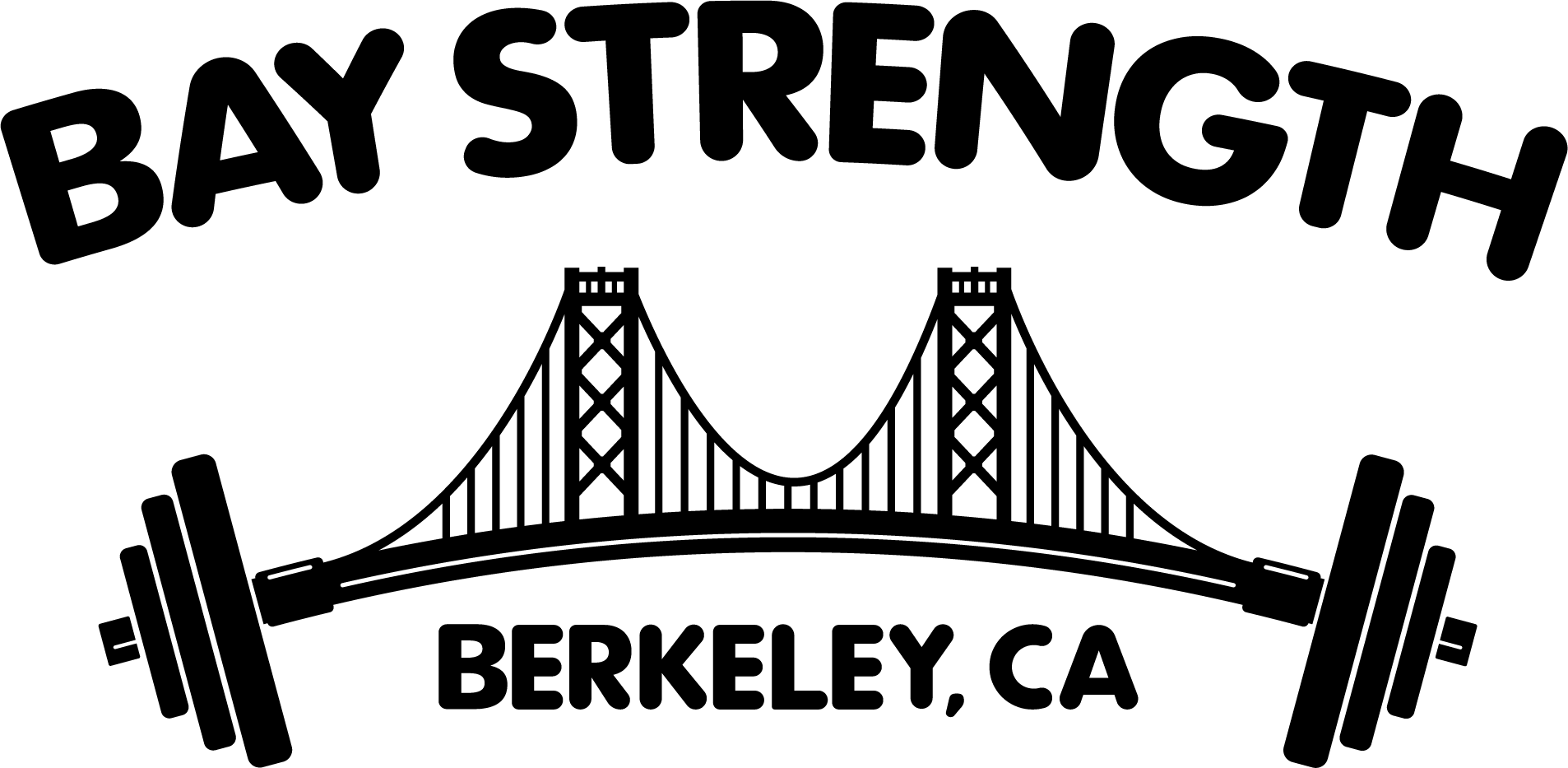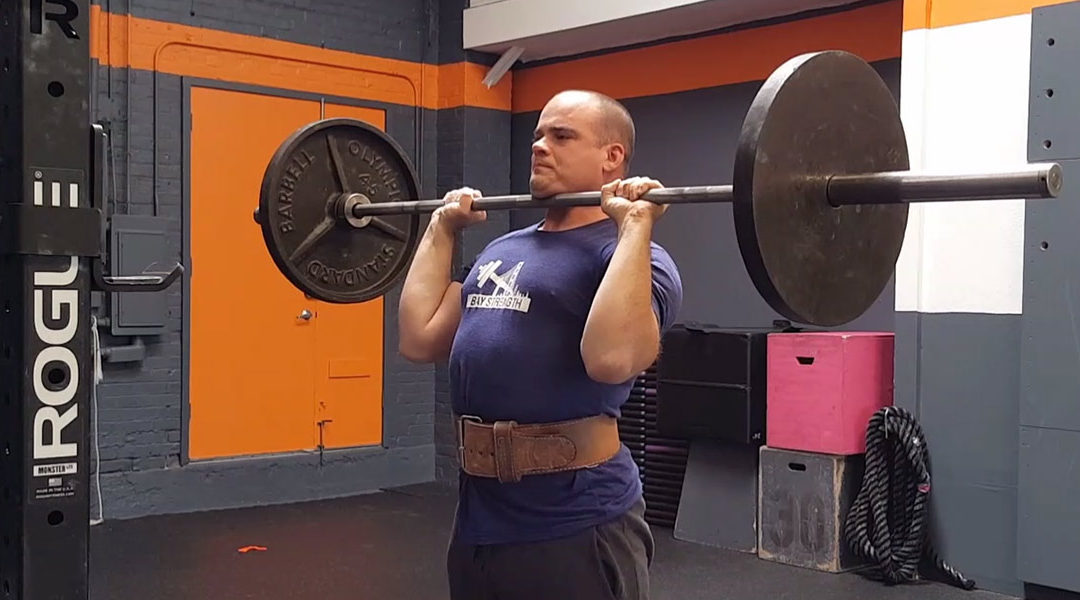The press is a technically challenging lift. As it is taught in the Starting Strength method, using a dynamic start with hip overextension, it is the second-most technically complex of the big four lifts. Only the squat demands more coordination.
One aspect of the press that many lifters can stand to easily improve is the position of their elbows at the bottom (or rack) position of the press. It is incredibly common to see lifters, especially those who have not yet received proper coaching, perform an entire set without correctly setting their elbows once.
This article will briefly review where your elbows must be set at the bottom of the press, why this position tends to deteriorate throughout a set, and what you can do to fix it. Having a consistent rack position in the press is one key to effectively training the movement and making steady progress with it.
The why and where of elbow setting

Elbows sagged into your body will create an unnecessary moment arm as well as an overall lack of tightness.
In order to achieve a vertical bar path, the elbows must be set in a position so that when the lifter initiates the movement, the bar moves directly up.
The common fault for lifters to make is to let their elbows drop in and back towards their body, as shown in the photo to the left.
This incorrect position creates a couple problems for the lifter. First, the elbows being sagged into the body creates an unnecessary moment arm – leverage – between the wrist and the elbow that the lifter now must work to overcome.

When elbows are set correctly, they will result in vertical forearms, as seen from behind.
Now you know what your elbows should not look like in the rack position. But where should they be?
In a correct rack position for the press, the elbows should be set so that the forearms are vertical when seen from behind, and so that the elbows are just in front of the bar when viewed from the side.
The elbows should be vertical when seen from behind so that there is no unnecessary moment arm between the wrist and elbow to overcome.

Some lifters will flare their elbows out to the sides when attempting to set them. Don’t do this!
If you need to work on the rack position of your press, be careful that in the process of setting your elbows in front of the bar, you do not in the process also flare them out to the sides. This is not much better than having your elbows sagged into your body.
Unrack the bar with set elbows
The first place to make sure you have your elbows set is during the unrack of the bar. Many novices will tend to unrack the bar with relaxed wrists and elbows, walk it out, and then set their wrists and elbows. This is suboptimal, and will become an absolute barrier to progressing your press once the weights get heavy.
When unracking the bar, you should already have set yourself in the correct bottom position: chest rotated up, and elbows set in front of the bar. In the course of unracking, all you should have to do is take a step or two back from the rack, set your stance, take a big breath, then go. If you find that you have to tighten up a lot and set your elbows after unracking, it means you did not set yourself initially as well as you could. If you set yourself correctly prior to unracking the bar, it may even feel a little lighter as you take it out of the rack.
Avoid deterioration during the course of the set
Even lifters who do set their elbows correctly prior to unracking the bar and beginning their set will often allow their elbow position to deteriorate as the set proceeds.
This deterioration occurs due to inadequate attention to the eccentric portion of the lift, when the bar is lowered from lockout over the head back down to the start position.
Watch the below video. In it, I demonstrate a correct start position, but upon lowering the bar back down to the start position, I allow my elbows to drop back behind the bar:
One option in this situation is to simply make sure to set the elbows again before beginning the next rep, as I do here. But this method entails more work and time spent holding the bar in the rack position. And with enough weight on the bar, this can be the difference between a completed set and a failed set.
A better method is to focus on keeping the elbows in front of the bar throughout the eccentric portion of the movement. By doing this, you will ensure that your elbows are already where they need to be when you return to the bottom position. And as a result, you can more efficiently work through your set. Watch the difference compared to the above demonstration of incorrect technique:
If you are having problems with the rack position of your press, I encourage you to implement the above method. With some practice, you will find that your presses will become more consistent, and you will have greater success adding weight to the bar.


My suggestion is that ALL breathing during a set should occur at the top of the lift. You might want to try having your bottom be much quicker just hit your set point and go – so no resetting at the bottom.
As I understand the Press 2.0, the purpose of the horizontal movement was to assist the vertical lift but without becoming some version of a push press. Now, I’m no expert, but it appears as though the initial upward movement of the bar in your video comes in part from a rebound off the shoulders/chest, etc., caused by first dropping the bar from its rack position. Is this right?